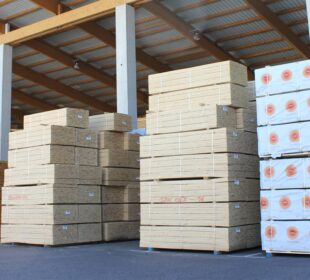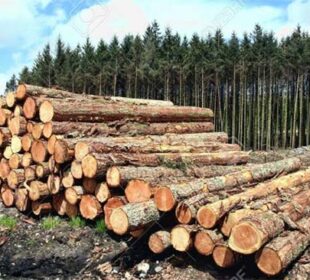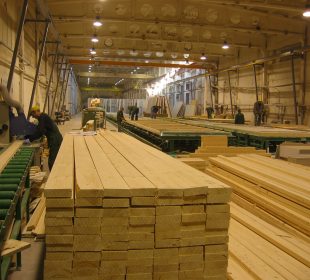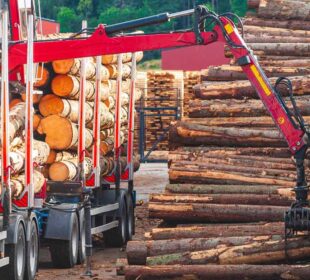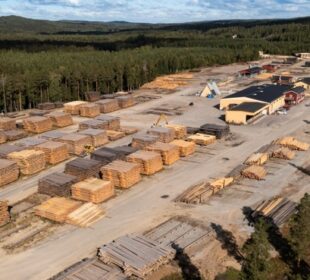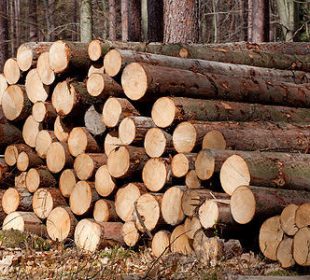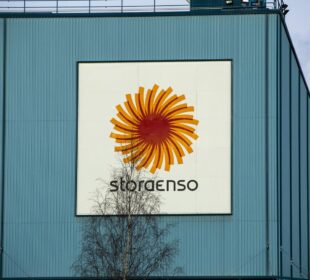The shareholders of Bergvik Skog AB, a Swedish forest holding company, have finalised the previously announced restructuring of its ownership. Stora Enso’s forest holdings in Sweden will increase to 1.4 million hectares, of which 1.15 million hectares is productive forest land.
Prior to the transaction, Stora Enso’s indirect share of Bergvik Skog’s productive forest land was 936 thousand hectares.
“I am very pleased that we have successfully finalised the restructuring of Bergvik Skog with the other shareholders. This transaction is a natural next step for us, as we strongly believe in the bioeconomy and want to secure our competitive raw material supply for the long term. The direct ownership gives us better opportunities to further develop sustainable forest management, thus strengthening our competitiveness,” says Stora Enso’s CEO Karl-Henrik Sundström.
As part of the transaction, Stora Enso acquires Bergvik Skog Plantor AB nursery and three wind turbine projects. This will further strengthen the Group’s comprehensive offering to forest owners in Sweden and is in line with its commitment to sustainable forestry.
The financial impact of the restructuring for Stora Enso will be as follows:
• Bergvik Skog was previously reported as an equity accounted investment. Upon completion of the restructuring, Stora Enso’s Swedish forest assets are placed in a fully owned subsidiary and consolidated line by line in Stora Enso’s results in segment Other from 1 June 2019 onwards.
• The transaction results in an increase of approximately EUR 1.0 billion in Stora Enso’s interest-bearing net debt and the net debt to EBITDA ratio will increase by approximately 0.5x once all the transaction steps have been finalised by the end of 2019.
• The net debt to EBITDA ratio was 1.7x at the end of the first quarter of 2019. The ratio will exceed the strategic target level of 2.0x temporarily during the second half of 2019 before all the steps of the transaction have been finalised.
• Capital employed increased by approximately EUR 1.0 billion, resulting in a decrease in the operational return on capital employed (ROCE) of approximately 1 percentage point.




